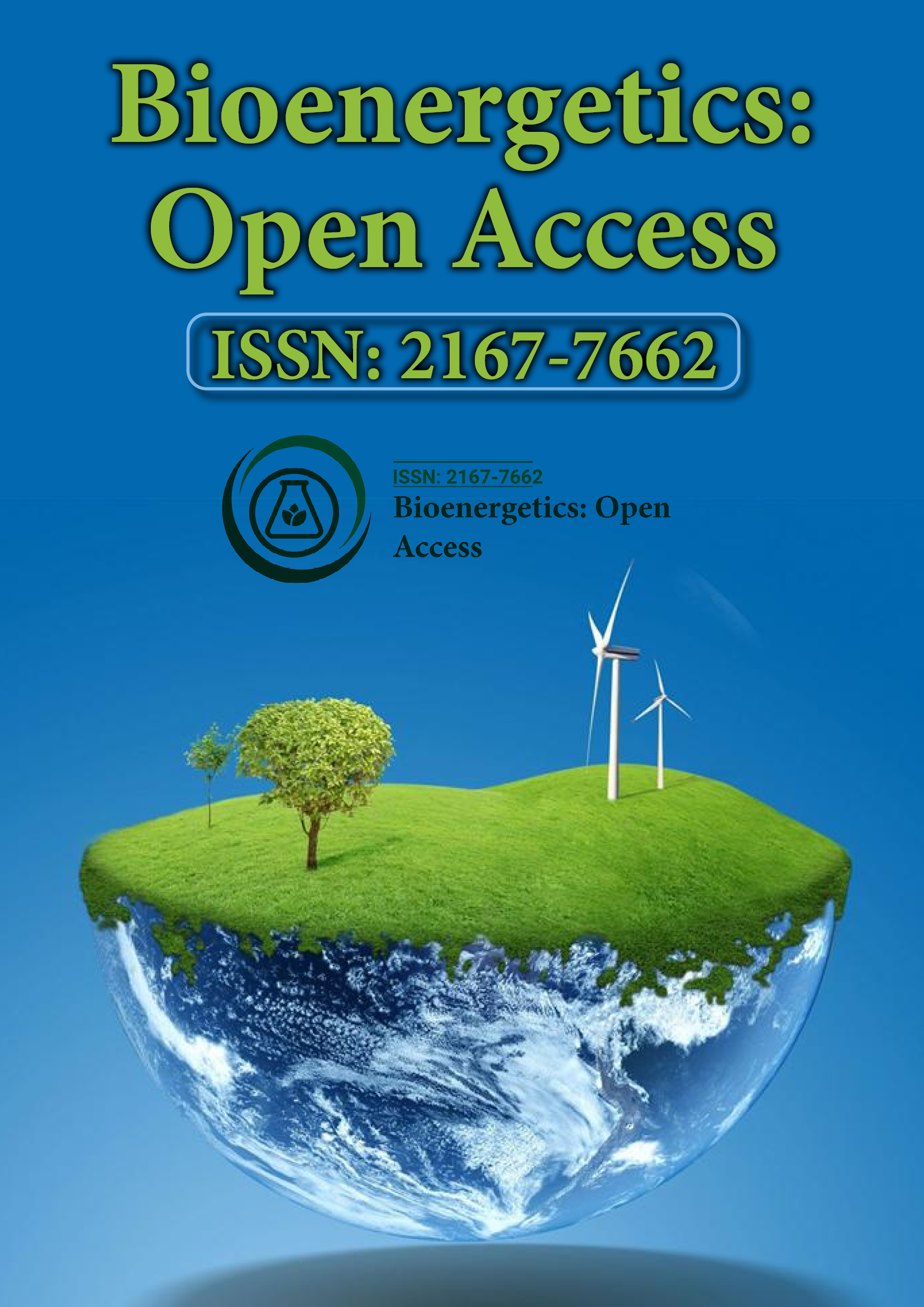Indexed In
- Open J Gate
- Genamics JournalSeek
- Academic Keys
- ResearchBible
- RefSeek
- Directory of Research Journal Indexing (DRJI)
- Hamdard University
- EBSCO A-Z
- OCLC- WorldCat
- Scholarsteer
- Publons
- Euro Pub
- Google Scholar
Useful Links
Share This Page
Journal Flyer

Open Access Journals
- Agri and Aquaculture
- Biochemistry
- Bioinformatics & Systems Biology
- Business & Management
- Chemistry
- Clinical Sciences
- Engineering
- Food & Nutrition
- General Science
- Genetics & Molecular Biology
- Immunology & Microbiology
- Medical Sciences
- Neuroscience & Psychology
- Nursing & Health Care
- Pharmaceutical Sciences
Opinion Article - (2023) Volume 11, Issue 6
Essential Role of Active Ion Transport in Cellular Life
Seleznev Alexey*Received: 18-Oct-2023, Manuscript No. BEG-23-23854; Editor assigned: 20-Oct-2023, Pre QC No. BEG-23-23854 (PQ); Reviewed: 06-Nov-2023, QC No. BEG-23-23854; Revised: 13-Nov-2023, Manuscript No. BEG-23-23854 (R); Published: 21-Nov-2023, DOI: 10.35248/2167-7662. 23.11.245
Description
The active transport of ions in biomembranes is a fundamental cellular process that plays a significant role in maintaining the delicate balance of ions inside and outside the cell. This process is essential for various cellular functions, including nerve signal transmission, muscle contraction, and the regulation of osmotic pressure. In this article, we will explore the mechanisms and significance of active ion transport in biomembranes, focusing on its critical role in the functioning of living organisms.
The importance of ion transport
Ions, such as sodium (Na+), potassium (K+), calcium (Ca2+), and chloride (Cl-), are essential for a wide range of physiological processes within cells. They act as signaling molecules, helping to transmit nerve signals, regulate muscle contractions, and maintain pH and osmotic balance. To perform these functions effectively, cells must control the concentration of ions within their membranes. Herein lies the role of active ion transport.
Mechanisms of active ion transport
Active ion transport relies on specialized membrane proteins, primarily known as ion pumps or ion transporters. Two of the most well-known ion pumps are the sodium-potassium pump (Na+/K+ pump) and the calcium pump (Ca2+ pump). These pumps actively move ions across the cell membrane against their concentration gradients, expending energy in the form of Adenosine Triphosphate (ATP) to do so.
Sodium-potassium pump (Na+/K+ Pump): The Na+/K+ pump maintains the concentration gradients of sodium and potassium ions. It actively pumps three sodium ions out of the cell while importing two potassium ions into the cell. This transport is essential for the resting membrane potential, nerve signal transmission, and osmotic balance.
Calcium pump (Ca2+ Pump): The calcium pump removes excess calcium ions from the cell, maintaining low intracellular calcium levels. It is significant for muscle relaxation, as elevated intracellular calcium can trigger muscle contraction. This pump is especially important in excitable cells, like neurons and muscle cells.
Proton pump: Proton pumps transport protons (H+) across membranes, maintaining the acidic environment of the stomach (H+/K+ pump) and participating in energy production in mitochondria (proton gradient used for ATP synthesis).
Significance of active ion transport
The significance of active ion transport are:
Nerve signal transmission: Active ion transport is essential for the generation and propagation of nerve impulses. The sodium-potassium pump maintains the resting membrane potential, enabling neurons to transmit signals efficiently.
Muscle contraction: Proper regulation of intracellular calcium levels is significant for muscle contraction. The calcium pump ensures that muscle fibers contract and relax as needed.
Osmotic balance: Active ion transport helps regulate the osmotic balance of cells, preventing excessive water influx or efflux and maintaining cell volume.
Cellular homeostasis: Active transport processes maintain the proper balance of ions, pH, and electrochemical gradients, which are vital for overall cellular homeostasis.
Energy production: Proton pumps play a significant role in energy production in mitochondria, where they create a proton gradient used for ATP synthesis.
Active transport of ions in biomembranes is a vital process that underpins many essential cellular functions. It allows cells to control the intracellular concentration of ions and maintain critical physiological processes. Understanding the mechanisms and significance of active ion transport is significant for advancing our knowledge of cellular biology and physiology, and it has implications for various fields, including medicine and pharmacology. This process exemplifies the remarkable complexity and precision of cellular machinery, enabling the intricate dance of life to continue.
Citation: Alexey S (2023) Essential Role of Active Ion Transport in Cellular Life. J Bio Energetics. 11:245.
Copyright: © 2023 Alexey S. This is an open-access article distributed under the terms of the Creative Commons Attribution License, which permits unrestricted use, distribution, and reproduction in any medium, provided the original author and source are credited.
